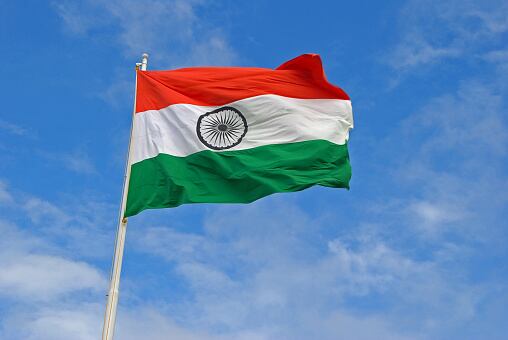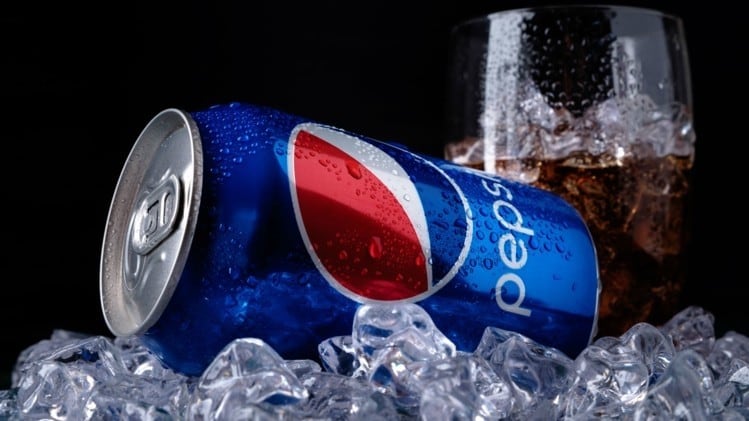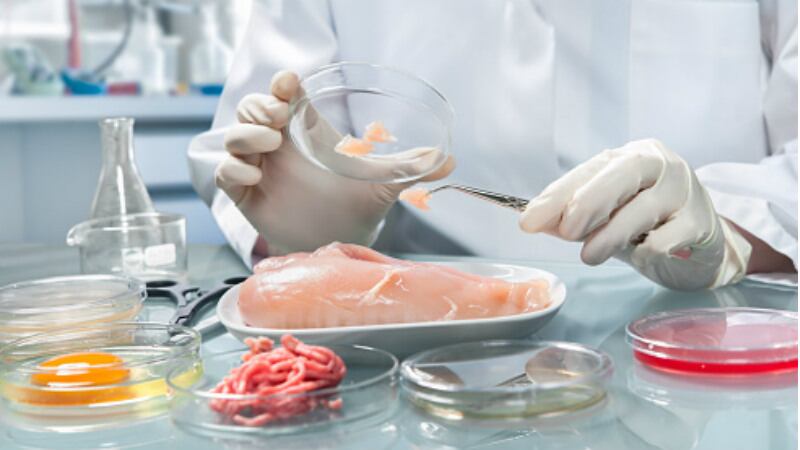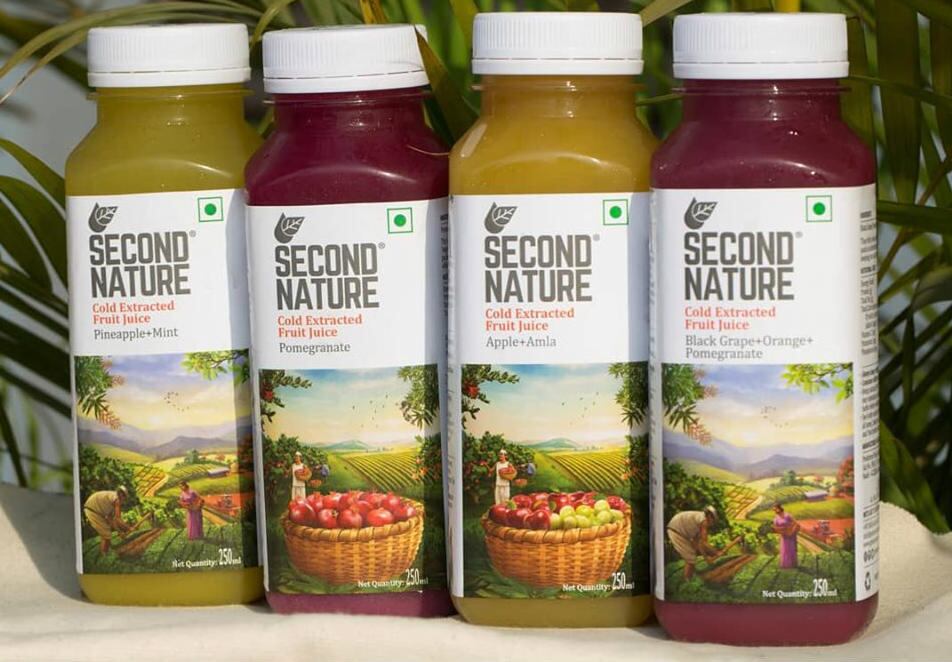The ‘India Food Processing and Value Addition Program (IFPVAP)’aims to improve the competiveness of smaller business and will focus on five major food categories once rolled out.
According to the Indian Ministry of Food Processing Industries (MOFPI), this will first be piloted in four states ‘which have taken preparatory steps’.
“IFPVAP [programme] once launched will cover all States and Union Territories but will be initially rolled out in states which have taken preparatory steps: Andhra Pradesh, Maharashtra, Punjab and Uttar Pradesh,” said MOFPI via recently-published formal documents detailing the various frameworks within the IFPVAP programme.
“The programme aims to modernise and enhance the competitiveness of the micro enterprises [by] supporting the creation of more favourable economic, financial, and regulatory frameworks for [these] to upgrade, grow and compete on domestic and global markets.”
“[Based on our research], the major food categories [to focus on for food processing] that will [enable micro enterprises to contribute more] are: Dairy products, Fruits and vegetables, Grains and oilseeds, Meat and poultry and Prepared foods/ packaged products such as bakery, papad, snacks and savouries.”
As of now, micro enterprises here refer to food companies that have ‘investment in plant and machinery of less than INR2.5mn (US$34,770), but this will be ‘amended from time to time’.
Union Minister for Food Processing Industries Harsimrate Kaur Badal added that the pilot would run over five years before going nationwide.
“The aim is to target small farmers and [MOFPI] will aim to facilitate creation of 60,000 to 70,000 such units within a short time,” she said during a post-electoral press conference.
“For the next five years employment generation is going to be my focus, especially in rural areas, so that children of farmers do not have to look for employment elsewhere. Farmers should turn into job creators from being job seekers."
An MOFPI spokesman also told Economic Times that the US$417m programme would be cleared by the Indian Cabinet ‘soon’.
Legal and regulatory consultancy India Filings added that the application process for all companies is likely to be via a digital online platform.
“The clear online application procedure for this scheme will be intimated in the official portal by the government. The state government is more likely to opt for an online application process for the ease of the applicants,” it said.
The programme will receive a total of INR$30bn (US$417mn) in funding: INR15bn (US$209mn) from the World Bank, INR10bn (US$139mn) from the central government and INR5bn (US$69.5mn) from the state governments, according to Economic Times.
MOFPI data places India’s food processing industry as the country’s fifth-largest sector in terms of production, consumption, export and expected growth, making up 32% of the country’s overall food market.
It also makes up 13% of India’s total exports and some 14% of manufacturing GDP, in addition to attracting 6% of overall industrial investment in the country.
More details on the programme
The programme comprises four major components or objectives: Providing an appropriate business environment for food processors, strengthening capacities, enhancing performance and competitiveness and helping with project management, evaluation and knowledge-sharing.
“In the past five years, our schemes have been focusing on grounding of the right infrastructure for processing through operationalisation of mega food parks and fast tracking of cold chain projects. We will expand this further [via this programme],” said Badal.
Amongst the major challenges identified by the programme included education, financing and difficult loan processes, out-of-date technology, access to market, raw material availability, gender imbalance in the workforce and more.
To support these, the IFPVAP also developed several major frameworks as guidance, many of which carry risk-management objectives. For example, the Social Management Framework has a focus on social risks such as gender equality and compensation in the event of involuntary resettlement as a result of the programme.





